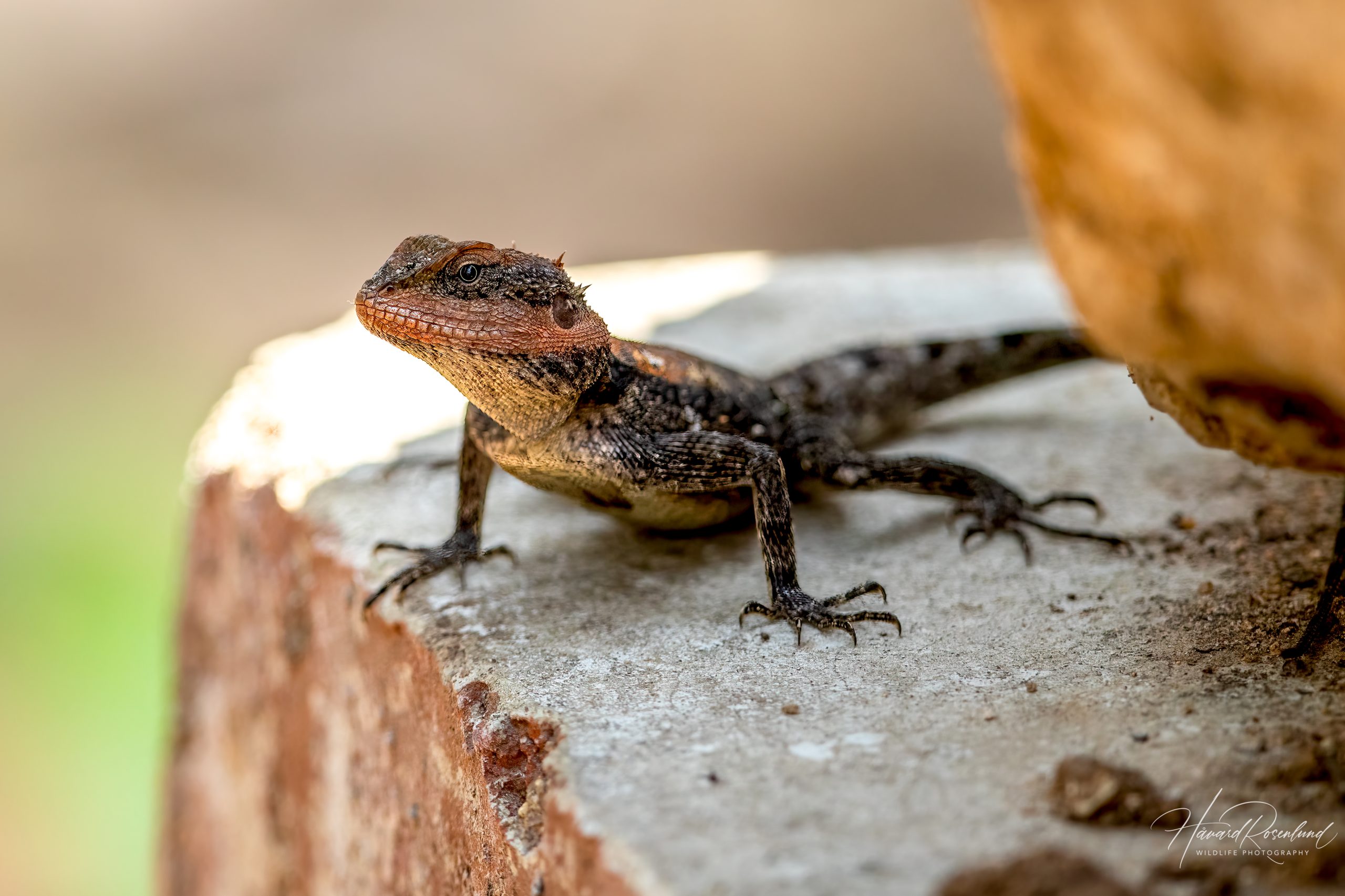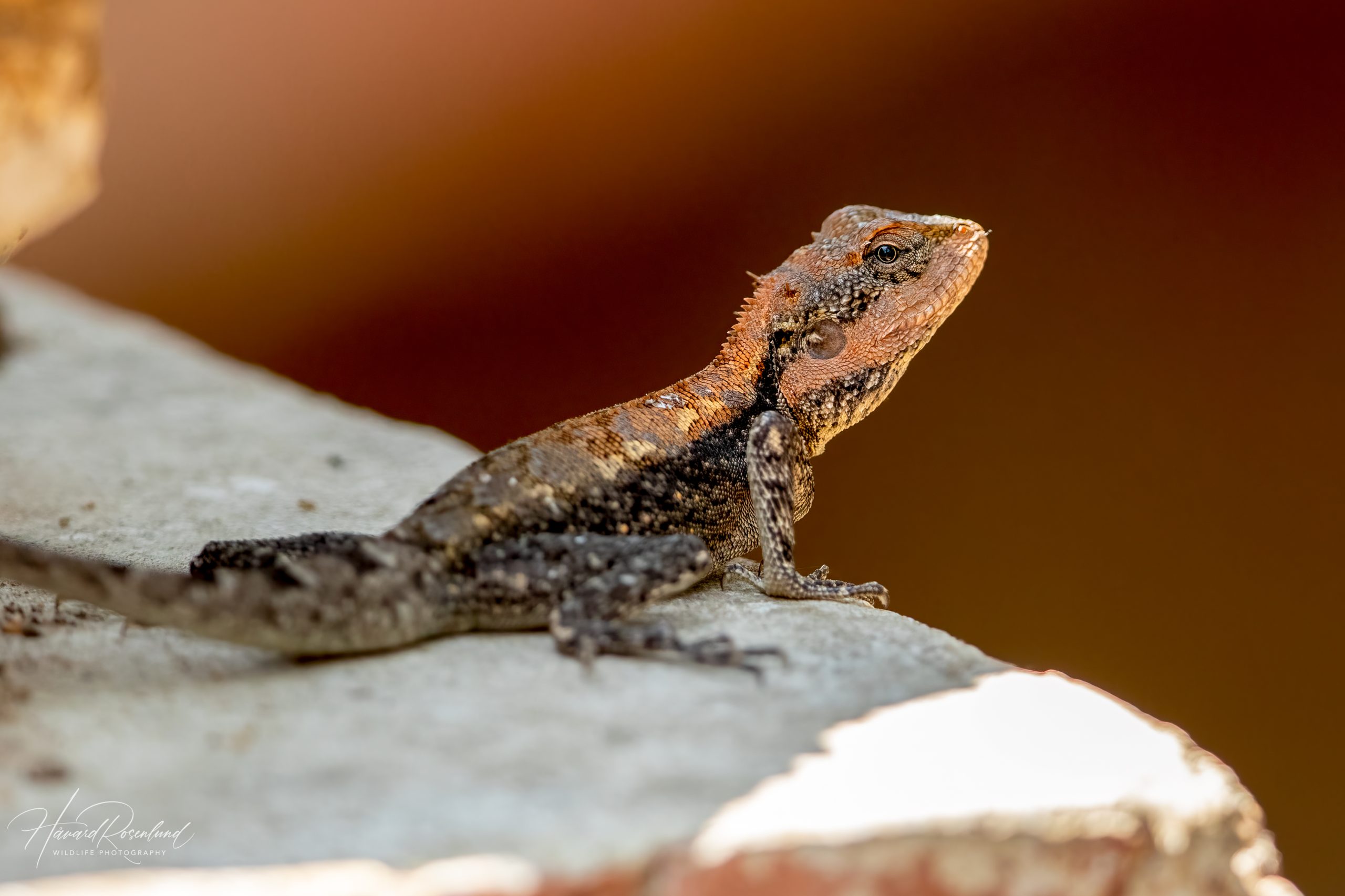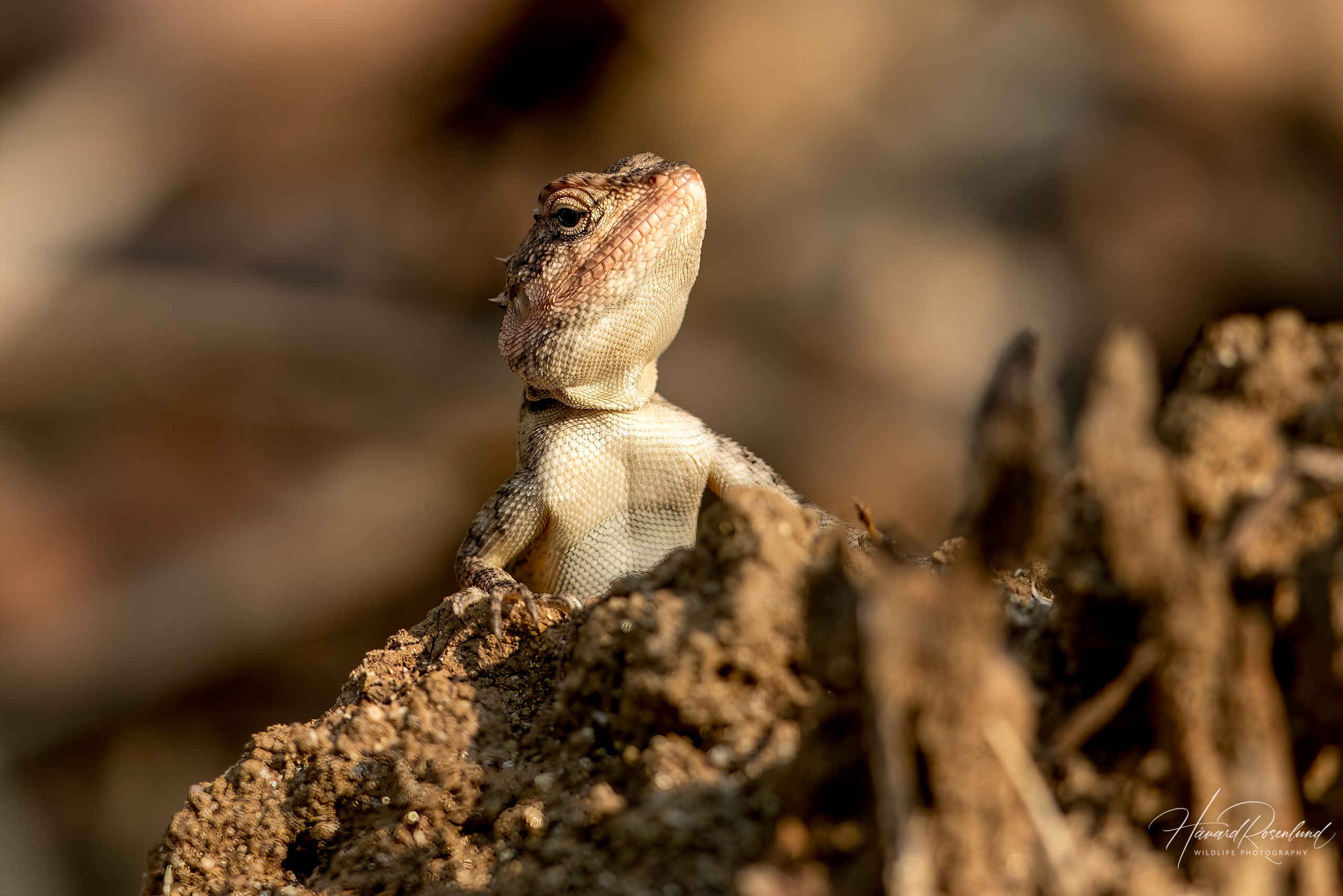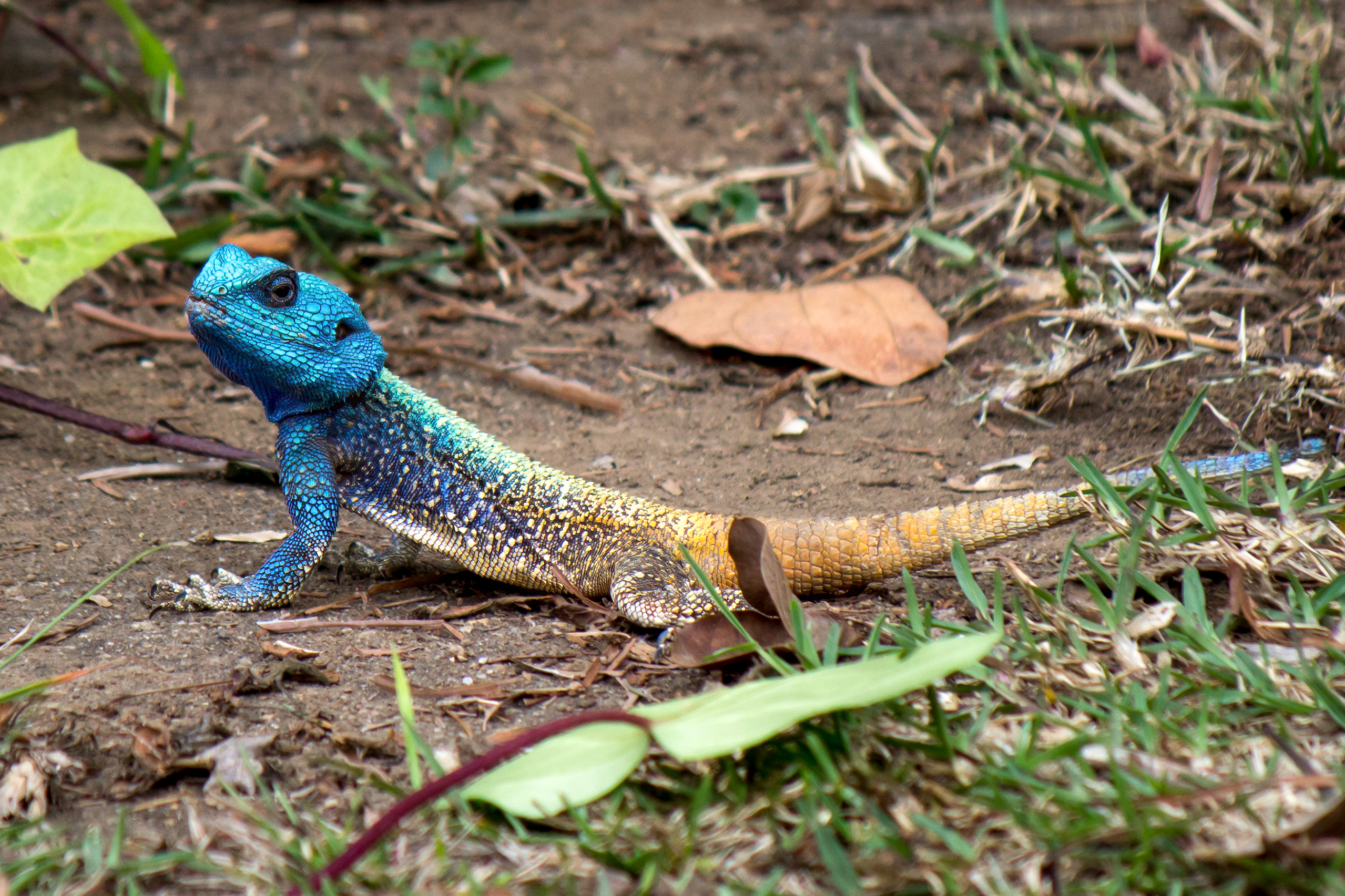Description
Blanford’s rock agama (Psammophilus blanfordanus) is a colorful lizard native to India. This species grows up to about 30 cm (12 in) in length, including its long tail, with males generally being larger and more vividly colored than females. The males exhibit bright orange or red heads and foreparts during the breeding season, contrasting sharply with their darker, more muted bodies. Females are browner and more cryptically colored. It is very similar to the South Indian rock agama (Psammophilus dorsalis), but the male of the latter species typically has brighter coloration that extends further down its back during breeding season.
Diet & habitat
Blanford’s rock agama thrives in arid and semi-arid regions, favoring rocky areas where they can bask in the sun and seek refuge in crevices. They are primarily insectivorous, feeding on a variety of insects such as ants, beetles, and termites. Their diet can occasionally include plant matter. These agamas are ambush predators, relying on their excellent camouflage to surprise prey. They are also known for their quick, darting movements to capture insects effectively.
Reproduction
The breeding season for Blanford’s rock agama typically occurs during the warmer months, from March to July. During this period, males become highly territorial and display their vibrant colors to attract females and deter rivals. Courtship involves head bobbing, push-ups, and rapid color changes. After mating, females lay a clutch of 3-6 eggs in sandy or loose soil, where they are left to incubate for about 6-8 weeks. Hatchlings are independent from birth, receiving no parental care. The life expectancy of Blanford’s rock agama in the wild is around 5-8 years.
Status
Blanford’s rock agama is listed as least concern on the IUCN Red List, and it is common and widespread within its range.







